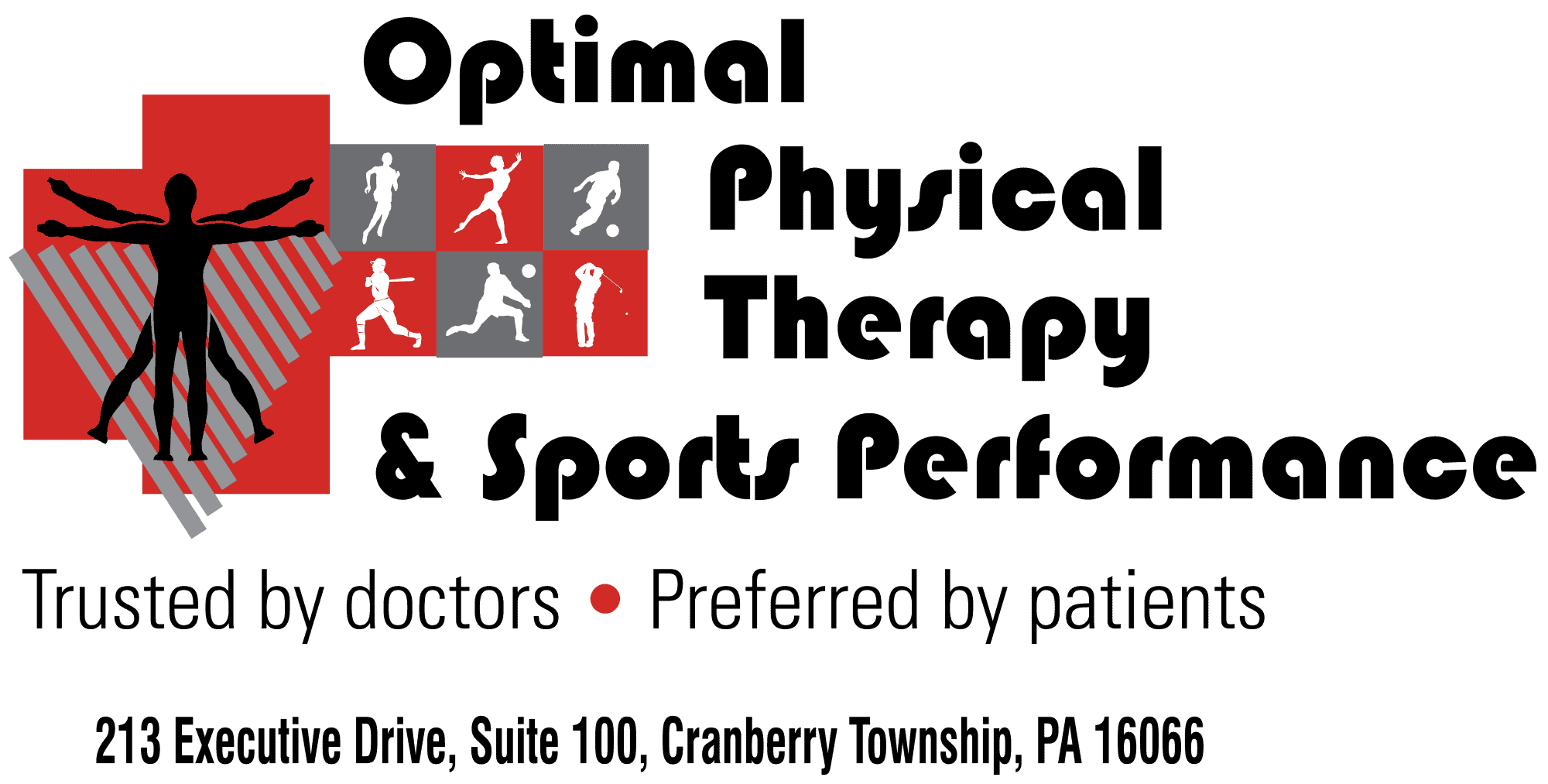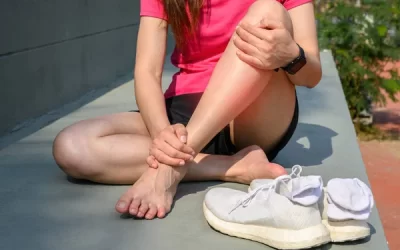Golf is a sport requiring the same body movement to be performed repetitively throughout the game and at the practice range. Only putting gives us a break from the motion pattern. The average golfer’s score is approximately 100 for 18 holes and is most likely accompanied by at least one practice swing prior to the actual stroke that is tallied on the score card. This summates to greater than 200 swings of various intensities and through partial to full ranges of motion in a 4 to 5 hour time frame. Also consider hitting a large bucket of balls (70 to 100 balls) at the driving range in less than an hour.
Due to the nature of the sport, golfers typically sustain what are called cumulative trauma injuries. This means small repetitive low level over-stresses to tissues that can lead to a more serious larger disorder. Think of it as if you had a cut on one of your finger’s knuckles and you bent the knuckle frequently throughout the day. The more the tissue is irritated by bending your knuckle (or swinging a golf club) the more difficult it is for your body’s healing system to over-take the continuous break down process. These injuries tend to be nagging and persistent and occasionally progress to where they affect your ability to play to your desired level or even stay in the game.
Stretching is extremely beneficial in preventing cumulative trauma injuries. A comprehensive flexibility program performed 2-3 times a week for 15-20 minutes is highly recommended. If you maintain good flexibility in your legs, arms and spine throughout the week and perform a couple key “pre-swing” stretches prior to practicing and playing, you stand a much better chance of being able to participate at your optimal physical level all season. Strengthening programs will add distance and muscular endurance to your game and prevent injuries to muscles and tendons. Strengthening programs should focus on lighter weights and higher repetitions (10-15 reps) per set. Education by your local PGA professional will ensure proper swing mechanics and reduce physically harmful swing compensations.
In case of an injury, use ice, stretching of the injured area and modify your activity so as to feel mild soreness only. If pain persists for 3 weeks, contact your physician or physical therapist.
Many of us rely on golf for recreation and business and do not want to have to limit our playing. A focused golf-specific physical training program can help keep you in the game all season and can be condensed to about 20 minutes 3-4 days per week. Make a commitment to your general health and golf game this year!
Patrick Sheehy, MS, PT is the President of Optimal Physical Therapy and Sports Performance (724-779-1300). He has over 30 years of experience in Sports Medicine and has a Masters of Science Degree in Orthopedic Physical Therapy.



